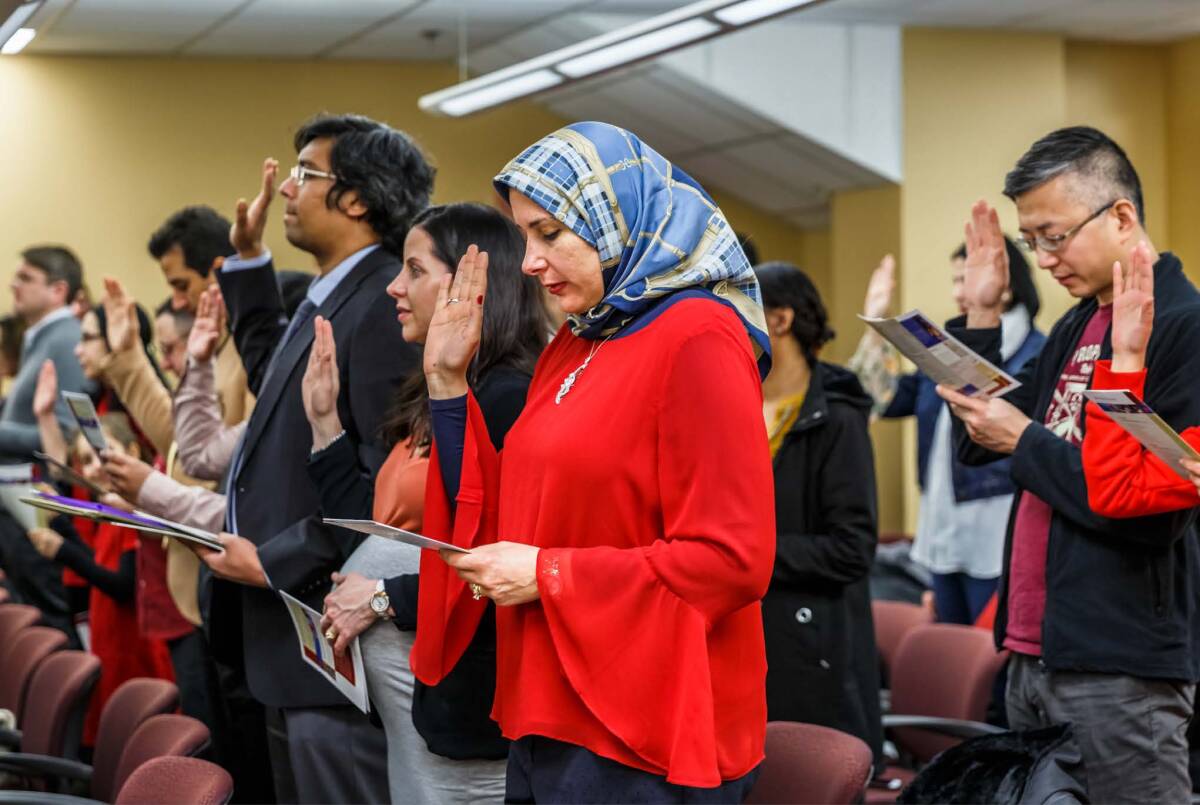A green card holder enjoys many distinct benefits and rights. For example, you can work or live in any part of the United States and have the right to travel outside the U.S. However, certain types of foreign trips can put your legal permanent residency status at risk.
Vacations, family engagements, business trips, and tourism are all legitimate reasons for a green card holder to travel abroad. However, remaining outside the U.S. for extended periods may result in losing your permanent residency status.
This article will explore the rules and limitations for green card travel, the documentation required, and Schengen visa tips for permanent resident holders.
Can I travel outside the U.S. With a Green Card?
Yes, you can travel abroad as a U.S. green card holder. This is one of the multiple benefits of having a permanent residency status. However, your trip needs to be temporary and requires specific documents to ensure that you can return after that.
Permanent residents cannot remain outside the U.S. for more than one year. Suppose the Customs and Border Protection (CBP) officer determines that you did not intend to make the United States your permanent home. In that case, you may become inadmissible and lose your permanent residency status.
Required Documents for Green Card Travel
The two primary documents required for foreign trips as a permanent resident are:
- U.S. green card
- Passport from your country of citizenship or your refugee travel document permitting travel to the foreign country
Some countries may require a visa for entry or exit, and you may need to confirm whether you need one. To safeguard your immigration status, you can consider obtaining a reentry permit.
For green card travel or trips that may last over twelve months, it’s beneficial to hold a reentry permit. A reentry permit is a small document that resembles a passport that acts as a legal presupposition that you don’t intend to abandon your permanent residency status.
Some of the situations where you may need a re-entry permit include:
- Leaving the U.S. for 6 Months or Longer/Frequent Travel
- Leaving the U.S. for a Year or Longer
- Cannot Get a Passport from Your Country of Citizenship
Most countries accept a U.S.-issued reentry permit as a travel document. The document can thus help green card holders who cannot get a passport from their country of citizenship to travel. The reentry permit is valid for two years from the date of issue, which is longer than the one-year restriction on green card foreign travel.
What Are the Requirements to Get a Reentry Permit?
The following are the five main requirements for permanent residents wishing to apply for the reentry permit:
- You must be a green card holder
- You intend to leave the U.S. temporarily
- You must file Form 1-131 and provide supporting documents
- You must be physically present in the U.S. when making the application
- You must attend the biometrics interview
The first step to applying for the reentry permit is to complete the application on Form 1-131. You may also need to attach other supporting documents, such as:
- Two recent passport-sized photos
- Proof of legal permanent or conditional residency
- Copy of Form 1-197; if you cannot produce a copy of the permanent residency card
- Fee receipt
You then need to mail Form 1-131, supporting documents, and the fee receipt to the USCIS office in your state. The USCIS will notify you of a date and location for biometric capturing.
The process can take between 3 to 6 months, so keep this in mind if your travels require a green card. If you need to travel immediately and cannot arrange fingerprinting, you can request an expedited biometrics appointment.
Green Card Travel FAQ
Can Green Card Travel Outside the U.S. Affect the Naturalization Process?
There are no restrictions for permanent residents who wish to travel abroad, even with a pending naturalization application. However, If you’re overseas for six months or longer, it may be hard to satisfy the continuous residency requirement. If you plan on leaving the country for more than a year, you can submit Form N-470 (officially called “Application to Preserve Residence for Naturalization Purposes”).
Will Green Card Travel Abroad Impact my Status as a Permanent Resident?
Temporary or brief travel typically doesn’t affect your green card status. If you are absent for more than a year, you may be deemed to have abandoned your permanent residency status. Suppose the trips are less than a year. In that case, the customs officer may consider other factors such as the purpose of travel, whether you maintained U.S. family and community ties or filed income taxes or otherwise established proof of your intent to return to the U.S. as a permanent resident.

How Long Can I Leave the U.S. as a Permanent Resident?
Remaining outside the U.S. for more than a year without prior approval from the USCIS can make you lose your permanent residency status. If it’s revoked, you must obtain a new immigrant visa based on an approved immigration petition or Returning Resident status.
What If I Lose My Green Card While Traveling Abroad?
Permanent residents who lose their green card during their trip abroad must file form I-131A, Application for Travel Document (Carrier Documentation). The application is submitted at a U.S. embassy and allows the permanent resident to apply for a temporary travel document.

Which Countries Can Green Card Holders Travel Without a Visa?
You can only travel abroad with your green card to countries that have extended the same rights to U.S. Green Card holders as to American citizens. Here’s a list of U.S. green card visa-free countries:
- Canada
- The British Virgin Islands
- Mexico
- Georgia
- Aruba and Curaçao
- The Balkans
- Costa Rica
- Singapore
- Peru
You may need to confirm with the U.S. embassy beforehand to prevent denials.

Schengen Visa Tips for Green Card Travel
If you are a national of a third country who has not established a visa-free regime with the EU, you must apply for a Schengen visa when traveling with a green card. Embassies or consulates of Schengen countries in the U.S. process visa applications. Parts of the application require in-person meetings and can take time.
A travel insurance policy is mandatory for Schengen visa green card applications. Aegis insurance can provide you with the medical insurance coverage certificate to present to the embassy or consulate as you apply for your Schengen visa. Get a quote for Schengen visa travel insurance from Aegis.




